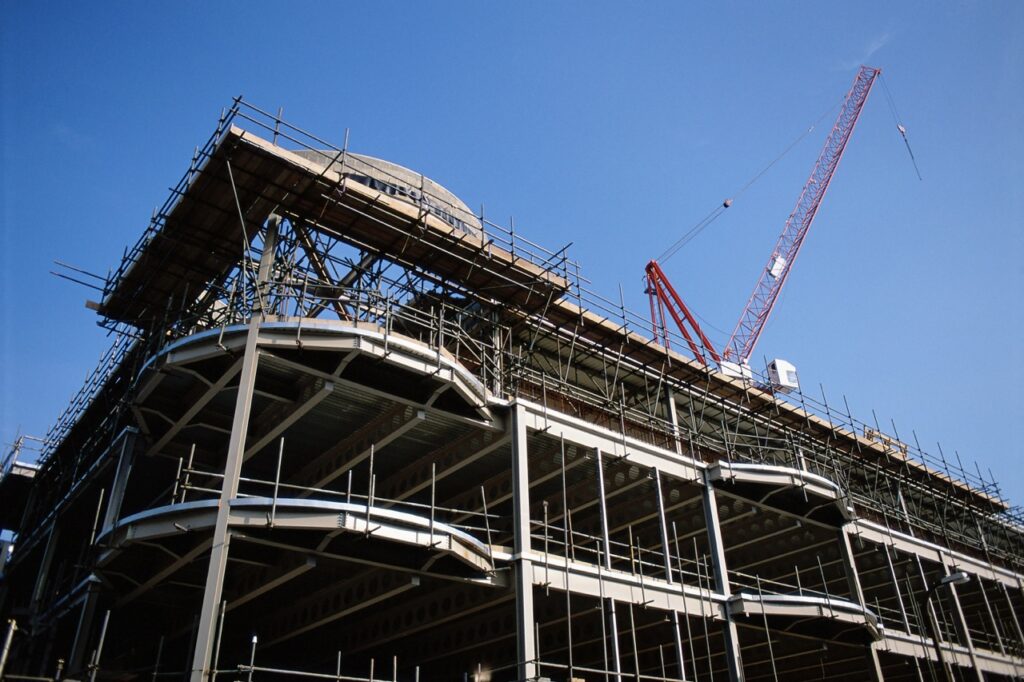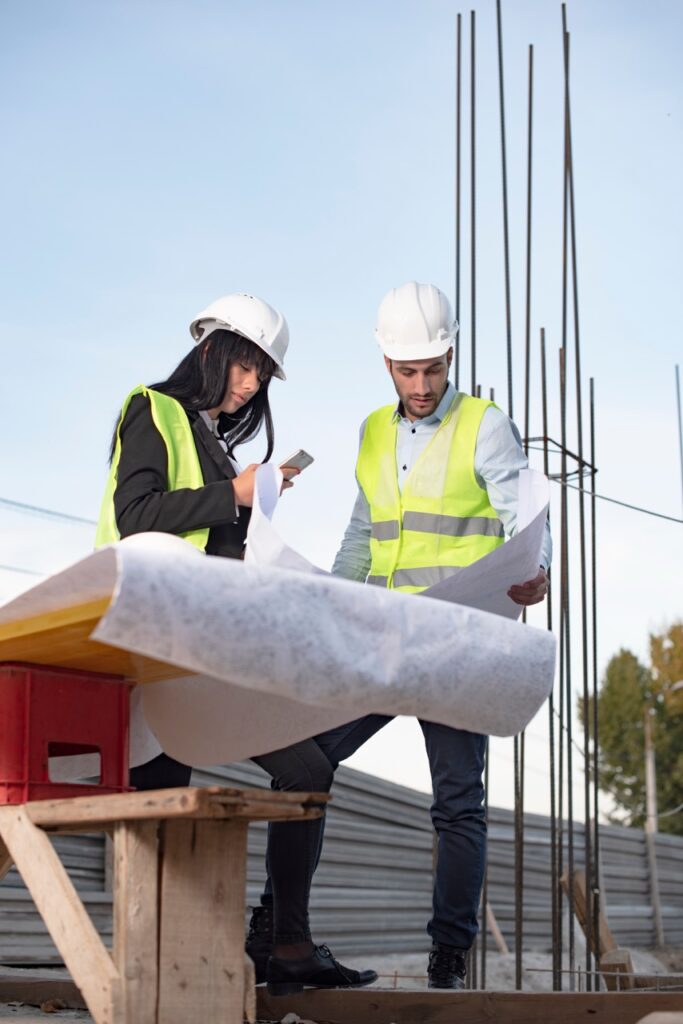Construction Logistics & Planning
Home / Construction Logistics & Planning
Our Services
Let’s Build Better, Together

Optimizing Site Operations from Groundwork to Completion
Construction logistics is the art and science of managing the flow of materials, people, and equipment across a live site. Our logistics planning service is designed to reduce delays, enhance safety, and ensure regulatory compliance.
Our logistics planners work collaboratively with developers, contractors, and local councils to ensure your site is safe, efficient, and fully operational from day one.Why Choose Alpha for Construction Logistics

- Site Establishment Planning: Design and layout of site compounds, welfare facilities, storage zones, and access points. Integration of temporary works including fencing, hoardings, lighting, and signage.
- Delivery & Movement Coordination: Scheduling of deliveries to avoid peak traffic and reduce on-site congestion. Vehicle movement plans including turning circles, loading zones, and holding areas.
- Material Handling & Storage Strategy: Just-in-time delivery models to reduce storage needs and improve efficiency. Secure storage planning for high-value or hazardous materials.
- Waste Management & Environmental Controls: Segregation and recycling protocols aligned with environmental regulations. Dust, noise, and vibration mitigation strategies.
- Traffic & Pedestrian Management: Safe routing for workers and visitors. Coordination with local authorities for road closures, diversions, and public safety.
- Digital Logistics Tools: Use of BIM and logistics software to simulate site operations and optimize workflows.
Comprehensive Construction Logistics Solutions
Site Establishment Planning:
Design and layout of site compounds, welfare facilities, storage zones, and access points. Integration of temporary works including fencing, hoardings, lighting, and signage.
Delivery & Movement Coordination:
Scheduling of deliveries to avoid peak traffic and reduce on-site congestion. Vehicle movement plans including turning circles, loading zones, and holding areas.
Material Handling & Storage Strategy:
Just-in-time delivery models to reduce storage needs and improve efficiency. Secure storage planning for high-value or hazardous materials.
Waste Management & Environmental Controls:
Segregation and recycling protocols aligned with environmental regulations. Dust, noise, and vibration mitigation strategies.
Traffic & Pedestrian Management:
strong, durable, and long-lasting construction gravida nibh.
Digital Logistics Tools:
Use of BIM and logistics software to simulate site operations and optimize workflows.

